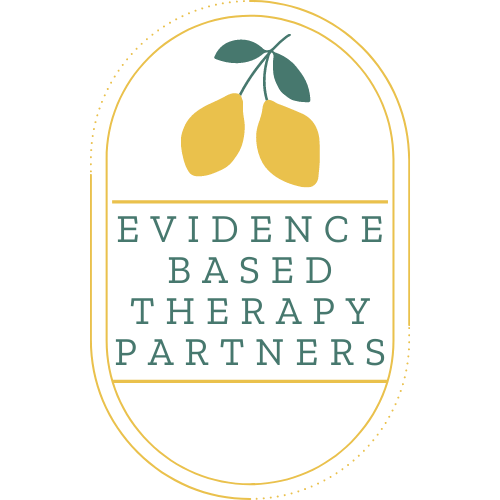
“I believe that when we love someone, we respect them, and we listen to them; we feel that their voice matters. And- we let them dictate the terms of who they are and what their story is.”
—Laverne Cox
Post-Traumatic Stress Disorder (PTSD)
What is Post-Traumatic Stress Disorder (PTSD)?
PTSD is the result of either experiencing or witnessing a traumatic event, such as threatened death, war/combat, physical or sexual abuse, a serious injury or accident, or a natural disaster.
PTSD is characterized by a constellation of symptoms:
The first is re-experiencing
After experiencing a trauma, people with PTSD report that they continue to re-experience the event in the form of nightmares, intrusive images or memories, or flashbacks of the event.
This is likely our brains way of trying to integrate and process an experience.
Alterations in arousal
Likely related to feeling regularly distressed because of constant reminders of the trauma
Feelings of irritability, tiredness, hyper-vigilance, startling easily, and difficulty concentrating
Shifts in thinking and mood following the traumatic event/event
For more information on PTSD, please see the National Center for PTSD
The Impact of Trauma
The impact of trauma is significant. It shapes our views of ourselves, others. Trauma is often thought of as a watershed moment, and life becomes defined by life pre-trauma and life post trauma. People often report that it is difficult to anticipate a future in which they can experience joy after going through trauma. It is not uncommon for people to feel that they are to blame for the traumatic event and should have been able to somehow prevent the event/events from happening.
How we respond to trauma:
Given how excruciating it is to think about the traumatic event/events, as described above, people with PTSD:
Try to circumvent any external cues or reminders of the trauma
Avoid any internal reminders
While avoidance works well in the present to reduce distress, it is the thing that maintains PTSD symptoms.
Avoidance interferes with the emotional processing of the trauma and the new learning that needs to take place in order to heal from trauma.
The way out.
There are many treatments for PTSD, but the ones with the most robust evidence base are:
Prolonged Exposure Therapy (PE)
Cognitive Processing Therapy (CPT)
Each of these therapies target different mechanisms believed to be maintaining PTSD and both are highly effective.
If you would like to hear more about these treatments, feel free to reach out to schedule an appointment. Your provider can help you determine which treatment option is best suited for you.
“At the end of the day, we can endure much more than we think we can.”
—Frida Kahlo


